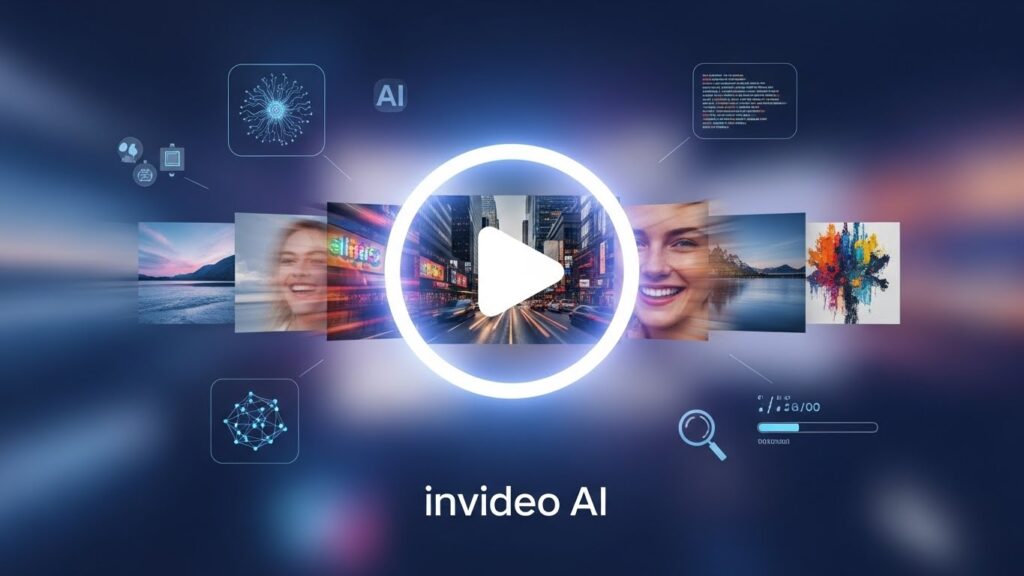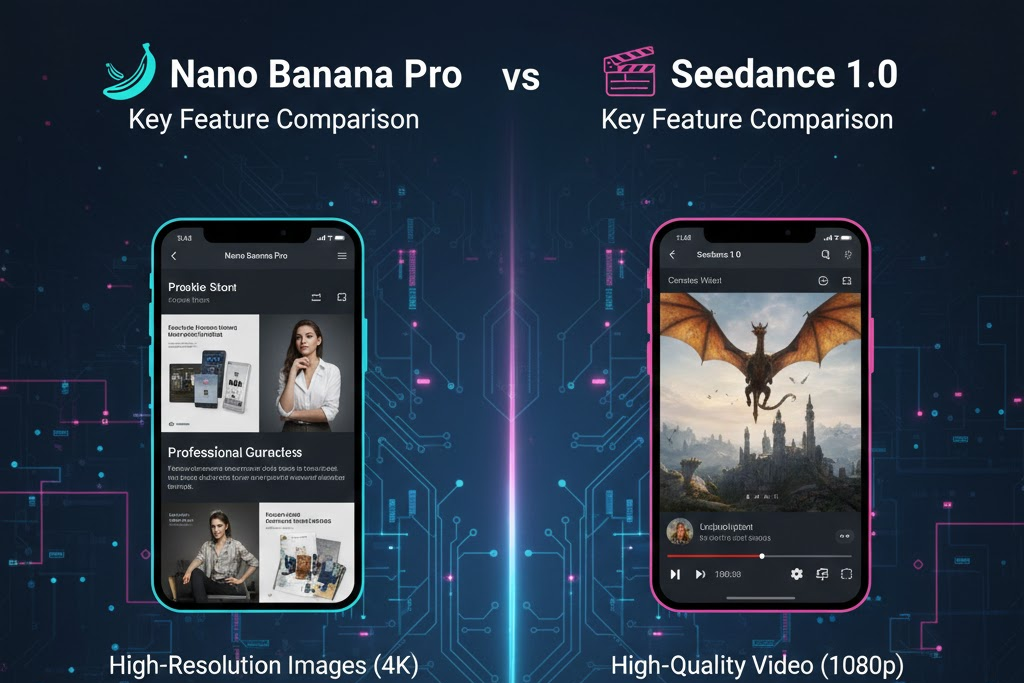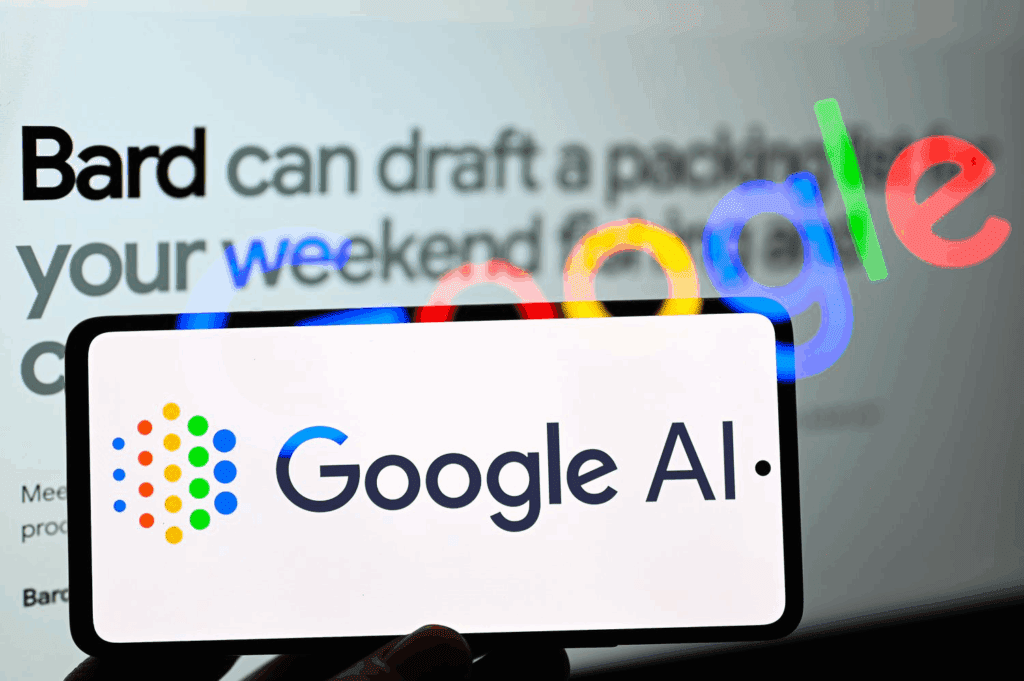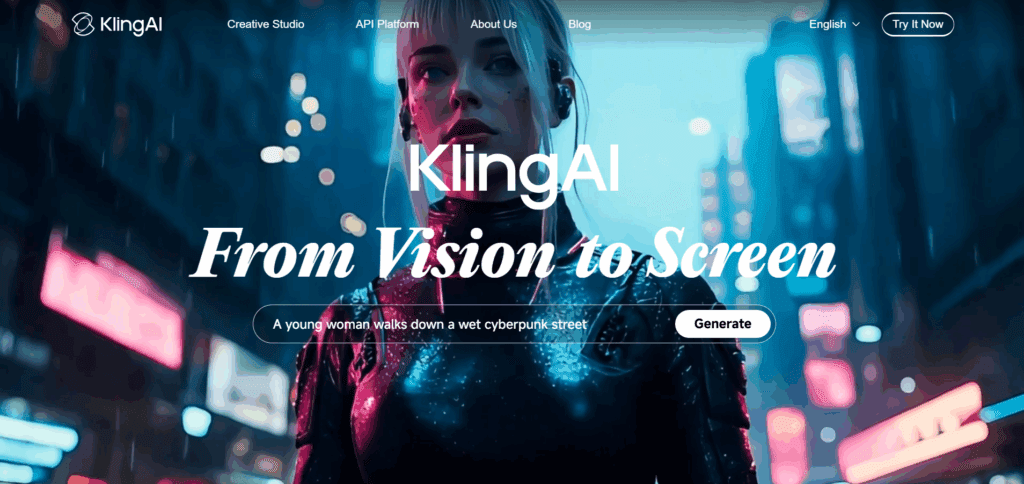AI Image Describer: How Smart Tools Turn Visuals Into Clear, Accurate Text

AI image describer are changing how we process and use visual content. They turn images into clear, structured text that anyone can understand. This helps brands, creators, and businesses make content more accessible, searchable, and easy to manage.
AI doesn’t guess. It analyzes each element in the image and generates precise descriptions in seconds. This saves time and improves quality across multiple use cases. It also removes the need for manual tagging or writing long captions. With smarter models, these tools detect details like objects, emotions, colors, settings, and actions with impressive accuracy. This makes visual assets easier to organize, share, and optimize for search.
What an AI Image Describer Does
An AI image describer scans an image, identifies key elements, and converts them into a text description. It recognizes objects, scenes, colors, and sometimes even emotions or context.
For example, if the image shows a person holding a coffee cup on a balcony, the AI generates something like: “A person holding a white coffee cup on a balcony with trees in the background.”
This simple line gives structure and meaning to an image. It removes guesswork and improves accessibility.
Why AI Image Description Matters
Image description is more than an accessibility tool. It affects how search engines read and rank your content. It also improves how your team manages digital assets.
When every image has a description, it becomes easier to:
- Improve SEO performance
- Help users with visual impairments access content
- Manage and retrieve media files faster
- Repurpose visuals for campaigns
Without clear descriptions, images lose context online. AI fills that gap quickly and accurately.
Accessibility Benefits of AI Image Describers
Accessibility is a core reason behind image description. Screen readers depend on text descriptions to help visually impaired users understand images.
AI-generated descriptions make this process faster. Instead of manually writing hundreds of alt texts, content teams can generate them instantly.
This improves compliance with accessibility standards and ensures that every user experiences the content fully.
How AI Image Describers Work
Remove image backgrounds automatically before describing them. AI image describers use computer vision and natural language processing. They break the process into three steps:
- Detection: The AI scans the image and detects objects, text, or faces.
- Analysis: It identifies context, actions, and surroundings.
- Description: It builds a human-readable sentence that explains the image clearly.
Modern AI tools learn from large datasets, so they recognize patterns fast and describe them in a natural, simple way.
SEO Advantages of AI Image Description

Search engines can’t see images, but they can read descriptions. Adding accurate text descriptions helps your pages rank higher.
When your image has a clear description, Google understands its context and relevance. This improves visibility on image search and supports your main SEO keywords.
For example, an eCommerce store describing product images with AI-generated text can increase organic traffic. Clear descriptions help the search engine match your product with the right user intent.
VidAU and AI Image Description
VidAU integrates image-to-text capabilities that make content workflows faster. Instead of manually adding descriptions to every asset, you upload your image and the AI generates accurate text instantly.
This speeds up tasks for content creators, marketers, and SEO teams. VidAU helps maintain consistency across all media assets, which is key for brand communication.
Practical Use Cases of AI Image Describers
AI image describers are useful across industries. Some common applications include:
- Marketing: Writing quick image descriptions for landing pages, product photos, or campaign visuals.
- E-commerce: Generating structured product image descriptions for better ranking.
- Media: Describing news and event images in real time.
- Accessibility: Making websites inclusive for users with visual impairments.
- Digital asset management: Labeling and sorting thousands of images quickly.
These use cases show how one simple technology can impact multiple parts of a business.
How to Use an AI Image Describer
The process is simple:
- Upload the image.
- The AI scans and analyzes it.
- A clear text description is generated.
- You can edit or export the description.
With VidAU, this takes seconds. The tool handles complex backgrounds, multiple objects, and different angles without losing clarity.
AI vs Manual Image Description
Manual description writing takes time. Large teams often struggle to keep up with growing content libraries. AI solves this by automating the process while keeping accuracy high.
Manual work is still useful for very specific or brand-sensitive content, but for most cases, AI is faster and cost-effective.
The combination of AI speed and human review gives the best results for professional use.
How AI Image Describers Strengthen Accessibility and Global Reach

Content accessibility is no longer optional. Many regions now enforce strict digital accessibility laws. Sites that fail to meet these standards risk legal penalties and lose user trust. AI image describers make compliance easier by generating clear, accurate text automatically. Brands stay aligned with regulations without building large accessibility teams, which saves time and resources.
These tools also support multilingual content. Modern AI describers can produce descriptions in multiple languages from a single image. This helps global brands localize campaigns quickly and reach wider audiences without extra translation costs.
VidAU enhances this process with accurate, scalable, and language-flexible descriptions. This gives teams more control over accessibility, compliance, and global content strategy in one place.
Why Accurate Image Descriptions Drive Better Results
Clean and accurate image descriptions build trust and give content clear structure. When visuals lack proper descriptions, both users and search engines overlook them. Precise AI-generated text improves how people understand and engage with your content, which leads to better visibility and stronger performance.
VidAU makes this process simple. The platform lets teams handle large image libraries in bulk, cutting down hours of manual labeling. This frees marketing teams to focus on campaign strategy while SEO teams ensure every image contributes to ranking goals.
By keeping descriptions consistent, VidAU helps maintain a unified brand voice across every channel. This combination of accuracy, speed, and structure turns image descriptions into a strategic asset, not a chore.
Creative Benefits of AI Image Describers
AI describers also help creators brainstorm ideas. Generate AI visuals ready for automatic description and add A clear description highlights the core elements of a visual. That makes it easier to repurpose the image for videos, ads, or blog content.
For example, an image described as “a woman walking on a beach at sunset” can inspire a caption, a headline, or even a promotional campaign. AI turns visuals into text assets that fuel content creation.
Common Mistakes to Avoid
When using AI image describers, avoid these errors:
- Relying on vague or generic output without editing
- Ignoring language accuracy for localized campaigns
- Skipping human review for high-visibility content
- Using descriptions without linking them to SEO goals
- Ensure clean visuals before uploading to an AI image describer
AI speeds up the process, but strategic review keeps the output sharp.
The Next Stage of AI Image Description
AI image describers will keep evolving fast. Future models will describe complex scenes with greater accuracy, including layered actions, emotions, and environmental details. They will go beyond basic object detection to deliver rich, natural language that mirrors how people see and interpret images.
These tools will also connect more deeply with marketing platforms, CMS systems, and accessibility solutions. Teams will manage entire content libraries through automated description and smart tagging. This will improve content organization, SEO performance, and user experience.
VidAU stands out in this space because it combines speed with accuracy. Its AI image describer delivers clean, structured descriptions in seconds. The platform integrates smoothly with other creative tools, making it easy to manage campaigns and keep accessibility standards high. VidAU turns what used to be a time-consuming task into a fast, scalable workflow that supports both creators and brands.
Conclusion
AI image describers make visual content easier to use, search, and share. They improve accessibility, strengthen SEO, and save time for marketing teams.
With tools like VidAU, describing images becomes a fast, accurate, and scalable process. You create cleaner content, reach more people, and maintain strong brand consistency.
Accurate image descriptions are no longer optional. They are a key part of building a visible and accessible online presence.
FAQ’S On AI Image Describer
1. What is an AI image describer?
An AI image describer is a tool that scans an image, identifies key elements, and generates clear text descriptions automatically.
2. How accurate are AI-generated image descriptions?
Modern AI tools provide high accuracy. They recognize objects, actions, and settings clearly. A quick human review makes the output even sharper.
3. How does image description help SEO?
Search engines read text, not images. Accurate descriptions give context, improve rankings, and increase image visibility on search results.
4. Can AI image describers work in multiple languages?
Yes. Many tools generate descriptions in different languages. This helps brands localize content for global audiences.





